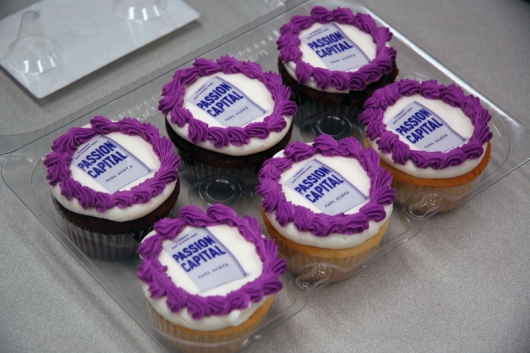Last year, Ryerson University, where I teach, won a Passion Capitalist Award. When I first saw this posted on the university website, I thought the Ryerson public relations machine might be dabbling in satire. Sadly, this was real.
Passion Capitalist awards are handed out to employers and institutions that demonstrate a commitment to “taking a strong emotion and turning it into a valuable asset,” as explained by Paul Alofs in the book Passion Capital, the inspiration for the award.
The Ryerson University administration genuinely deserves it. President Sheldon Levy responded to the honour saying, “It’s inspiring to be recognized for what is an intrinsic part of Ryerson culture — our passion for innovation, education, and entrepreneurship.”
Innovation and entrepreneurship certainly are passions of the Ryerson University administration. In October 2012, the Ontario government requested that public colleges and universities submit a new strategic mandate aligned with the province’s goal of “transform[ing] the postsecondary education system to meet the needs of the innovation economy.” One of the central features of Ryerson’s new mandate is a commitment to “zone” education in which students work with industry or community partners to “develop business plans, create commercial or non-profit products and services, and develop start-up ventures.” The university is aiming for 10 per cent of all graduates to have been “involved in the development of a company, product or service.”
The focus on entrepreneurship and innovation is a practical response to the increased precariousness of work and life. Employers are shedding permanent jobs with decent pay and benefits in favour of part-time or contract employment, while government services are being cut to the bone. The idea of a long-term career with a single employer ending in a decent pension is a distant fantasy for current students. Entrepreneurship and innovation puts a nice spin on the reality that younger workers need to learn to continually reinvent and peddle themselves in a rapidly changing labour market.
The reality of capitalism on campus is not passion, but privatization. Post-secondary education is being transformed into a commodity to be purchased rather than a public service. The shift toward online learning is making the assembly line of undergraduate education even more like mass production. At the same time, dramatically rising tuition fees are driving students deeper and deeper into debt.
I am all in favour of passion on campus, and indeed, everywhere. But capitalism, not so much. The assumption that our passions only have value if we can turn them into assets undercuts the idea of that our creative actions can be fulfilling in themselves.
Capitalism, however passionate, is a system based on dividing the world into those who control the productive resources of society and those who have nothing except their capacity to work to sell. Passion capitalism on campus is asking students to wager on being the shark rather than its breakfast. And the odds are not very good for most students.
We can challenge passion capitalism with passion democracy, in which students are actively involved in the transformation of the system. This does not mean more consultations or surveys, but the kind of direct democracy modeled by the Quebec student movement through assemblies in their 2012 strike. A mobilized student body, in coalition with the growing body of precarious campus workers, can not only defeat tuition increases — as Quebec students showed us last year — but also begin the transformation toward democratic, accessible, and decolonized learning. Compared to that vision, passion capitalism is pretty thin gruel.
Alan Sears is a writer and activist who teaches sociology at Ryerson. He is an editorial associate of New Socialist webzine and the co-author (with James Cairms) of The Democratic Imagination: Envisioning Popular Power in the Twenty-First Century (University of Toronto Press).
This article originally appeared in Briarpatch magazine. It is reprinted here with permission.
Photo: Paul Alofs



